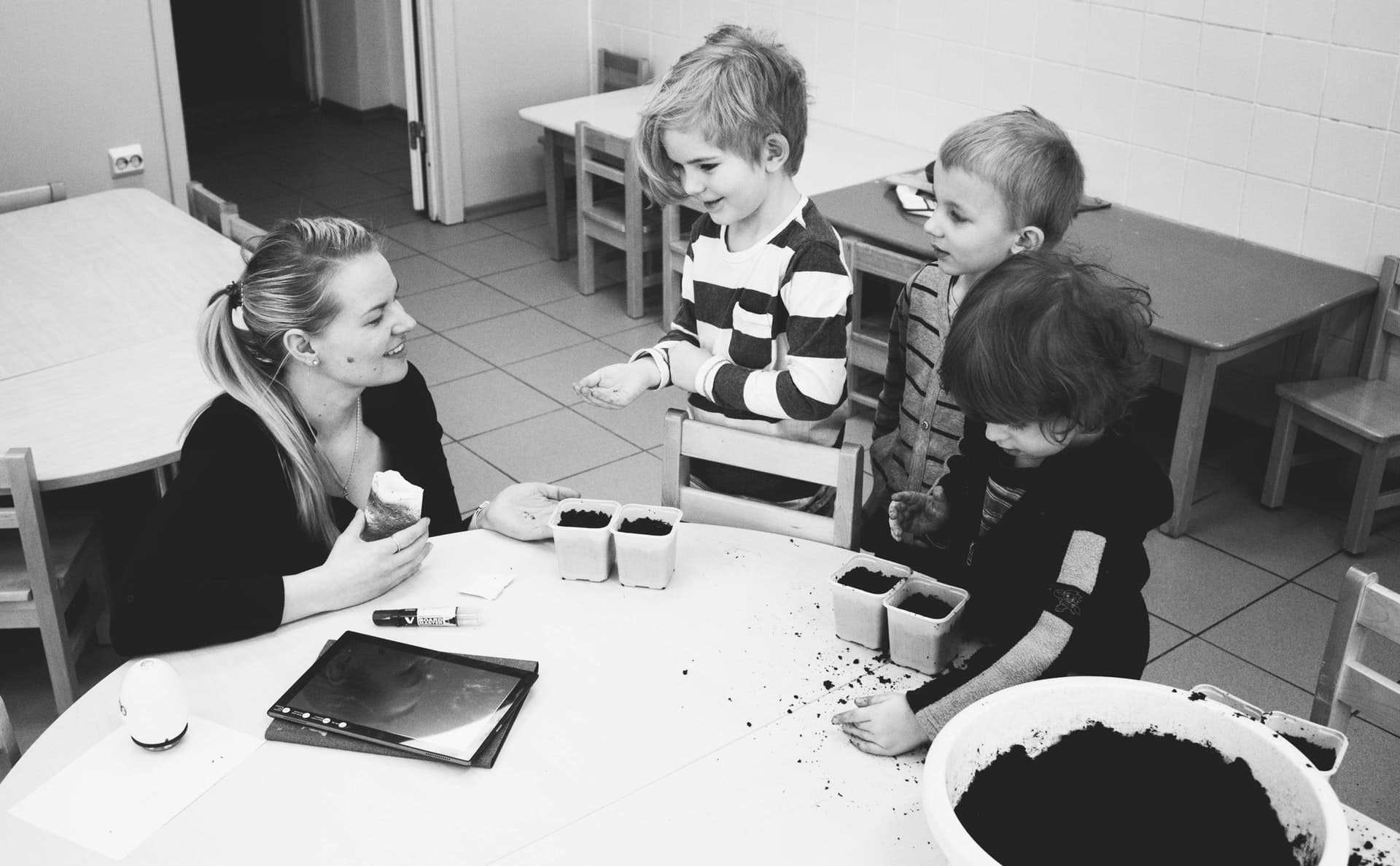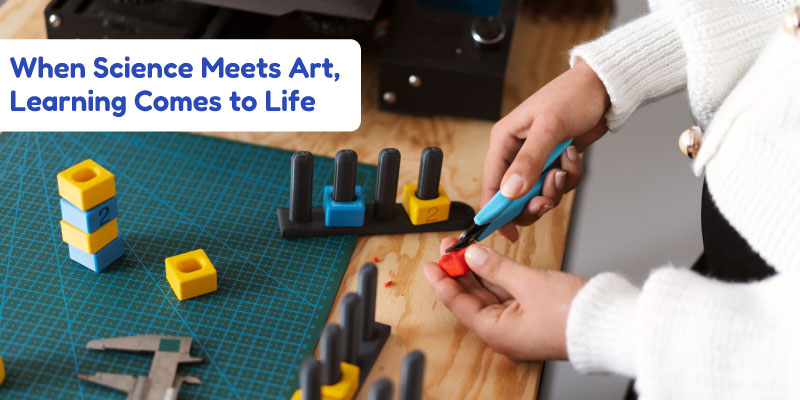STEM has made itself comfortable as a beneficial form of teaching for quite some time now. The wide realm of subjects it covers makes it an appealing choice for both teachers and students. For teachers, it’s turning into a necessity to make their classrooms both interesting and culturally valuable. They are always looking for new educational methods that serve the purpose of theory as well as practice. And STEM can help make that possible.
Making STEM Culturally Responsive
With the clear use of technology in schools, some parents may be anxious or unsure about whether digitization of education is a good thing or not. Not only parents, sometimes even school institutions have come to doubt it. However, most education institutes have only benefited from it. Applying STEM to the way we teach in classrooms and otherwise has proven to make students relatively more responsive toward real-world problems and what can be done to solve them. With the help of STEM, in the near future, there will be high school students all over the world working with world-class tech companies to solve large-scale problems.
Mentors are getting more and more concerned about getting our culture and education in sync. This has led to a hybrid approach to STEM education in some schools. For instance, The Journal writes about a Las Vegas charter school that wanted their institution to be known as classroom without walls. Wilson, the founder, developed a unique school concept that combined technology with distance education and face-to-face instruction. Even with their home-based education methods and only having students visit campus once a week, they have used technology in a way that only stems into progress. And that is what STEM is all about. By using technology, and also catering to the needs of students and parents that don’t have access to education at all times, this Las Vegas public school is an excellent example of how seamless it is to incorporate STEM into people’s lives. However, this is only one of many other successful examples.
Where Do Teachers Come In?
In order to be a culturally responsive STEM teacher, it’s important for teachers to be absolutely clear about what they are teaching in the classroom. Because technology might be new to some percentage of students, it helps to put across necessary points. This will give teachers time to teach their students about the practical application of their subject; which is the whole point of STEM. Hence, hands-on learning.
Technology is just a tool. In terms of getting the kids working together and motivating them, the teacher is the most important.
-Bill Gates
Another important thing for teachers to keep in mind while teaching STEM is that they have to get their students to actively participate in class discussions. Education should not just be about receiving for students. STEM’s approach to getting their students to engage is one of the most beautiful ways of imparting education. We are all learning. Your students can learn from you, you can learn from your students, and students can learn from each other.
The STEM education curriculum has a wide window for creativity and personalization. Not only teachers but parents too can try their hand at it. That being said, there are programs wherein teachers can get educated about the different advances of STEM learning and how they can use their knowledge to design a culturally responsive method, both for in and out of the classroom.
ScienceAdvances, in one of their research articles about STEM learning and the professional development that goes along with it, talk about a national professional development program called Cutting Edge. They go on to write that Cutting Edge offered 118 workshops from 2002 to 2102 and approximately 2000 geoscience faculty attended, along with 800 postdoctoral fellows and graduate students. They conducted three surveys in 2004, 2009 and 2012, and the survey data show that teachers are inclined towards more student-engaged teaching practices than lectures.
In a Nutshell
STEM is growing, and we are growing with it. We’ve seen that even if the combination of technology and education might scare some institutions, it’s a worthy enough risk to take. This means that STEM has successfully gotten people to climb out of their shells that had them trapped in classrooms and they are opening up to the broad array of possibilities it presents. We can now say with conviction that with STEM education and its tunnel vision of success, there’s no going back.











